Growing Eggplant (Brinjal)
Eggplant is a versatile vegetable that is grown in various regions worldwide. In tropical and subtropical climates, you can plant it directly in the garden. However, in temperate climates, it is best to transplant eggplant into the garden after the threat of frost has passed. Eggplant is found in different varieties throughout the year, but it is most abundant in August and September.
The plant’s flowers come in violet and white colors, with a yellow stem. The fruit of the eggplant is egg-shaped and has a shiny purple skin, while the inside is white. When the outer skin is cut, the flesh quickly turns brown.
Common names
Brinjal is a member of the Nightshade family. There are many common names for eggplant in North American and Australian English. However, British English uses the word “aubergine” for it, and in Wikipedia South Asia, South Africa, Malaysia, Singapore, and West Indies, Trinidad, is called Brinjal.
Overview of Aubergine
Scientific name Solanum melongena
Common name Eggplant, Brinjal, aubergine
Plant type Vegetable
Sun required Full Sun
Soil Well-drained, sandy, and loamy soil
Soil PH 5.5-7.2
Zone 5-12
How to Grow Eggplant in Pots
- Start by sowing eggplant seeds indoors, then transplant them out to your garden or a container.
- There is also eggplant that does well in cold climate regions.
The seeds usually take about 7-14 days to sprout, so bottom heat during this period is important. - Sow the seeds lightly covered with soil and make sure not to wash them away as you water.
- About 2 months later, your plants should be in a position to be transplanted out or purchased at a nursery.
- They will have grown sufficiently with natural light in a window or greenhouse.
- To grow eggplants in a container, use a large pot and leave it well-filled with soil. Soil, peat moss, and organic fertilizer mixed equally is a good potting mix.
- Terracotta pots should be used for this end.
- Make sure that the bottom of the container has drainage holes; if not, then you should make some.
- Put 3 or 4 plants in a large container so that when they are planted, they get direct sun.
Growing Eggplant (Aubergines)
To have a successful brinjal plant in your garden, remember these guidelines.
Location and Soil
Eggplant thrives in well-drained sandy or loamy soil with a pH level between 5.5 to 7.2. Before planting, loosen the soil and add organic manure. Aim for 2 to 3 inches of organic manure. These plants need full sunlight for 6-8 hours daily for optimal growth.
Spacing
Space the plants 24 to 36 inches apart in rows.
Temperature
Eggplants prefer temperatures between 80 to 90 degrees F during the day and 70 to 80 degrees F at night.
Fertilizer
Fertilize regularly based on a soil test and apply when the first true leaves appear. Use fish emulsion or kelp solution once a week, and reapply when the first fruit shows.
Watering
Water Eggplant, too, but only when water has filtered down to its shallow roots on at least 1 inch of water every week. Do not forget to alter this quantity according to the dry season and the type of soil. More water is needed when sown in areas with strong winds, high heat, and sandy soil.
Mulching
Eggplants thrive when surrounded by mulch that keeps the soil moist. Mulching retains the moisture and warmth in the soil. It will also ensure that weeds are suppressed. Simply pull out by hand those weeds growing near the plant.
Harvesting Brinjal
Depending on whether you grew it from seed or transplanted it, the harvest time may be different. You can harvest your Brinjals after 65-80 days after transplanting and after around 100 days after sowing seeds. Its fruits will also be shiny and uniformly colored. Gently press the fruit with your finger. When the skin fails to rebound to its place if pressed by the finger, you know that it has ripened
and is ready for harvest. Avoid allowing mature fruits to sit on the plant as they become hard. To harvest, you should use a sharp knife to cut the Brinjal from the plant instead of pulling it out.
Varieties Eggplant (Brinjal)
There are many varieties of eggplant which are spherical, tall, thin, small round, Japanese pickling eggplant; And traditional big ‘black belle’ etc.
- Black Bell
- Black magic
- Epic
- Florida High Bush
- Florida Market
- Night Shadow
- Thai eggplant
Pests and diseases Brinjal
In this plant, insects are a big challenge, flea beetles chew the leaves and make many small holes, they are the worst pests of the plant. To avoid this problem, the plant inside the house for the initial warming or cover outdoor plants with floating row covers. If your plant is suffering, then spray Beauveriabassiana or spinosad.
Yellow-and-black-striped Colorado, which is a potato beetle with its egg under the leaves, needs to be destroyed. Remove the tomato hornworms and green caterpillars by hand and separate them. Due to lack of water or moisture, the shape of the fruit becomes Crooked. Verticillium wilt and powdery mildew also affects the plant.
Health benefits of Eggplant
Nutrients
Besides vitamins and minerals, eggplant also contains important phytonutrients. These Vegetable phytonutrients include phenolic compounds, such as caffeic, and chlorogenic acid, and flavonoids, such as nasunin.
- The Vegetable reduces blood cholesterol and body weight and is rich in fiber, potassium, vitamin, vitamin C, and vitamin B-6, which supports heart health.
- Fruit contains polyphenol that helps reduce cancer.
- Regular consumption of Aubergine helps prevent blood clots, thanks to vitamin K and bioflavonoids that strengthen capillaries.
- This is low in calories with just 35 per cup. It contains no fat and its fiber content can help you feel full.
- Eggplants defend against free radical activity and keep your body and brain safe from toxins and diseases, but they also increase blood flow to the brain.
- The qualities of Brinjal make it useful as a regulator of glucose and insulin activity within the body. Eggplant
See also
How to grow a Fig tree in a container. How to Grow Tomatoes in Containers. Growing Colchicum bulb. Growing Ivy Gourd. Salvia’s care and propagation. Ridge Gourd growing at home. Christmas Cactus growing and caring. Spring onion growing and caring. Cucumber growing and care tips. Pear trees growing guide. Kiwi fruit growing and caring. Rubber plants growing indoor. Anthurium growing and care guide. Coriander growing in containers. Thyme growing guide. Moringa Plant (Drumstick tree) Growing and care tips.
Happy gardening.
For pin:

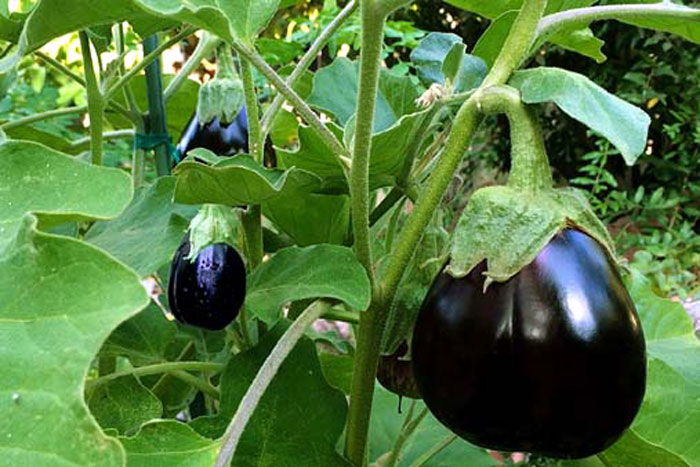
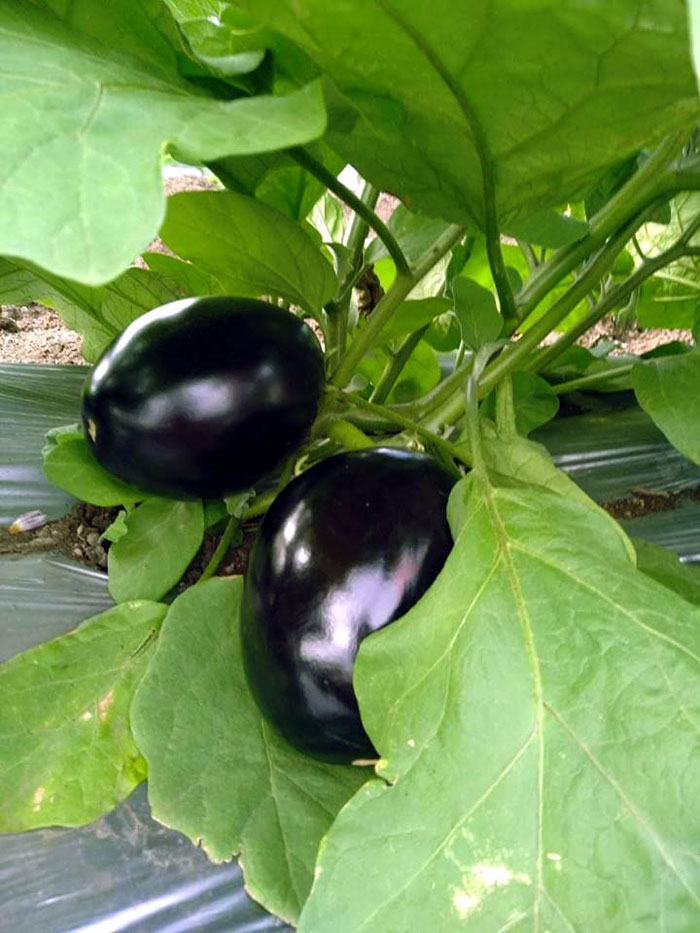
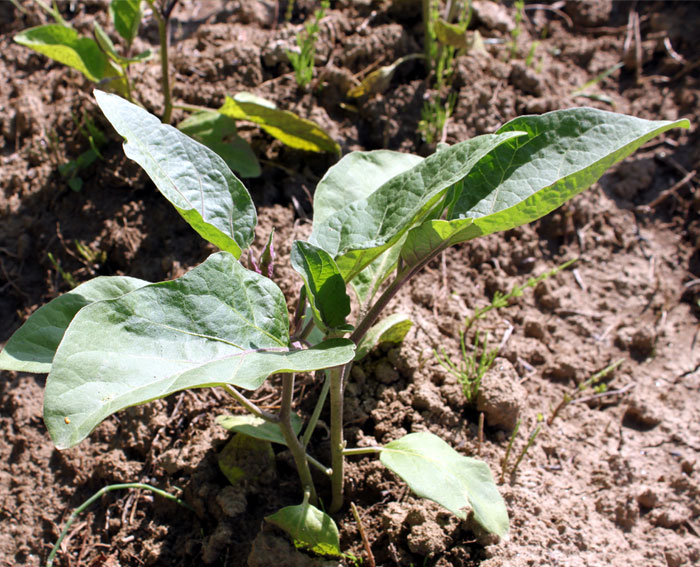
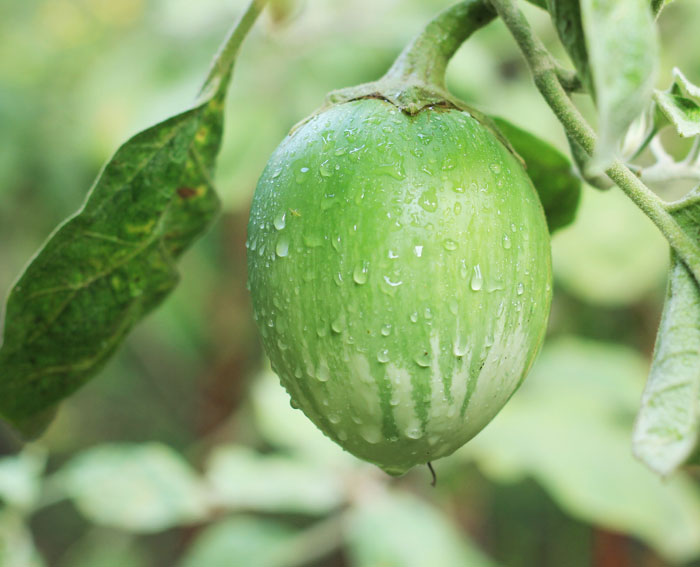
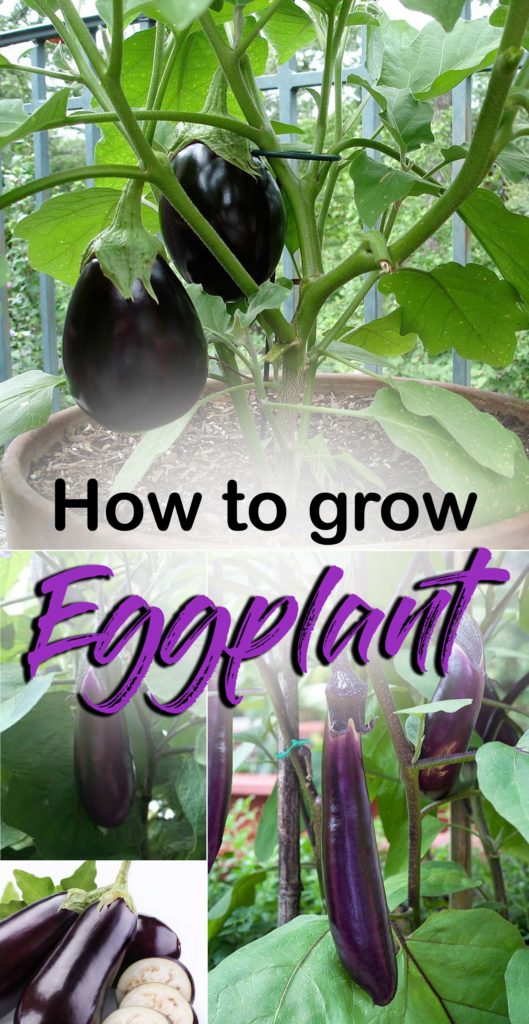


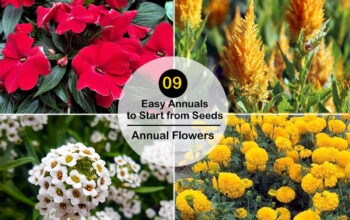
Nice blog. Also I suggest that eggplant contains dietary fiber. More health benefits of eggplant have listed here. Read more on https://goo.gl/LvFn76
thanks.. for.. your suggestion.. thanks.. appreciating me……
I’ve beeen surfimg online ore thaan three hokurs today, yet I
never ound anny interesting artile like yours. It’s pretty woryh enoough for
me. Personally, if alll siute wners annd bloggers
made good content as yoou did, tthe nnet wwill bee much morre useful tgan eever before.
Thanks … you .You encouraged our articles, with the support of you it is possible.